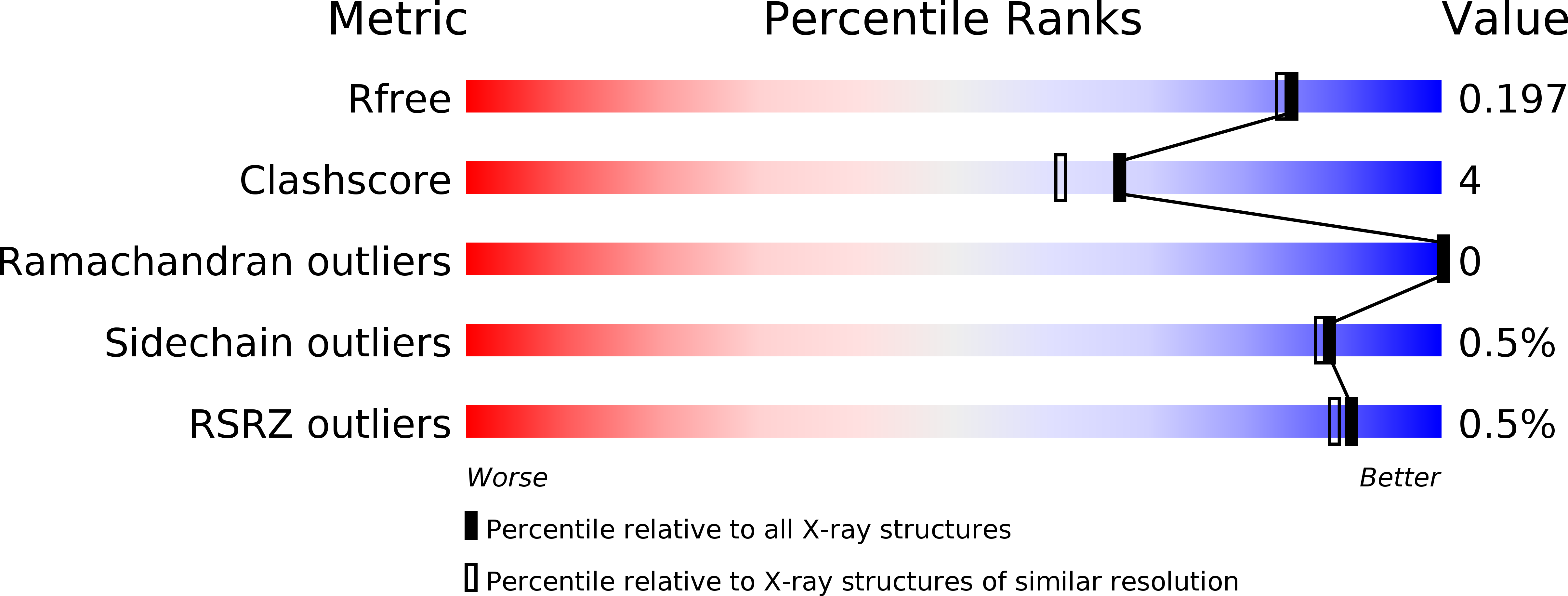
Deposition Date
2019-12-20
Release Date
2020-06-17
Last Version Date
2024-10-16
Entry Detail
PDB ID:
6LKT
Keywords:
Title:
Crystal structure of the Fab fragment of murine monoclonal antibody KH-1 against Human herpesvirus 6B
Biological Source:
Source Organism:
Mus musculus (Taxon ID: 10090)
Method Details:
Experimental Method:
Resolution:
1.80 Å
R-Value Free:
0.19
R-Value Work:
0.16
R-Value Observed:
0.16
Space Group:
P 1 21 1


